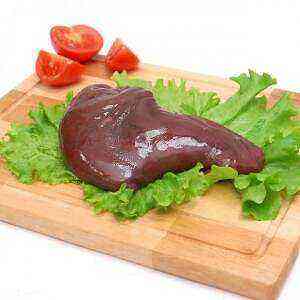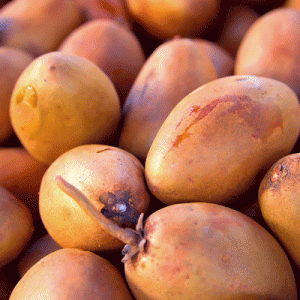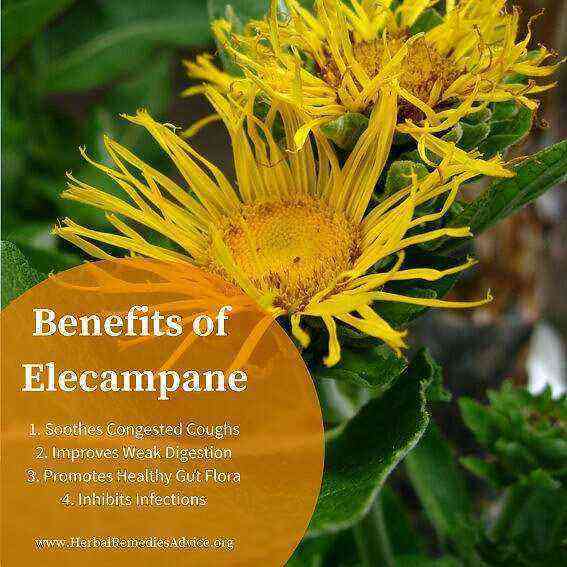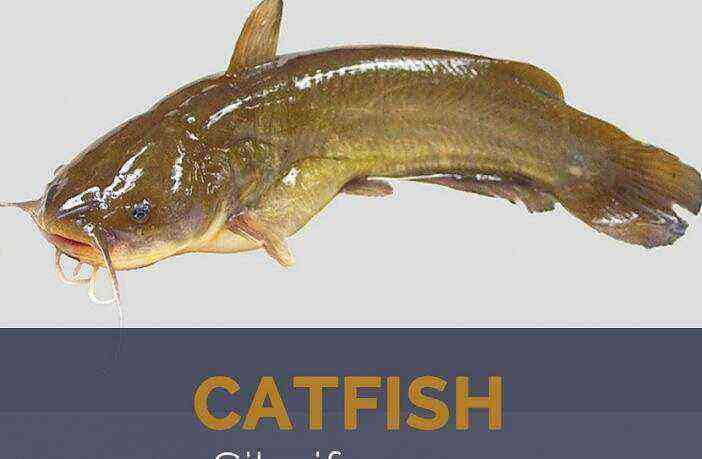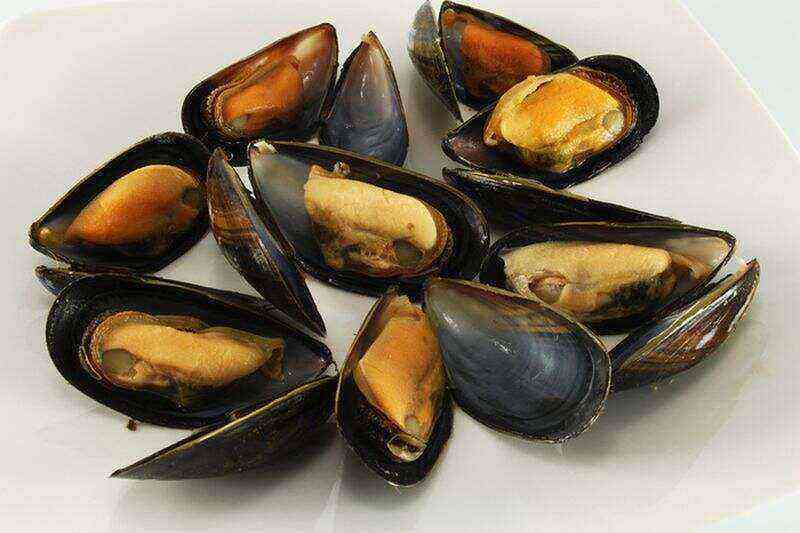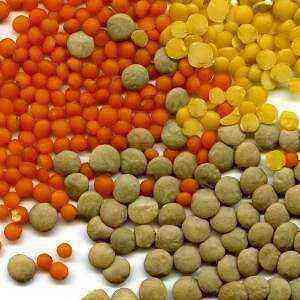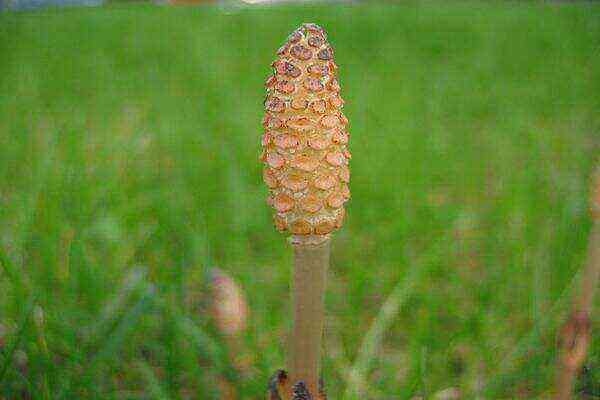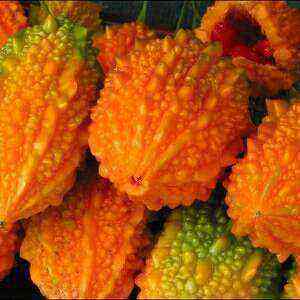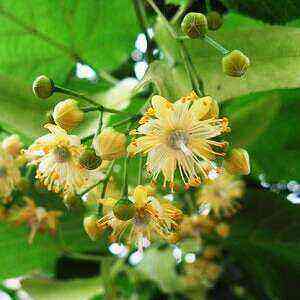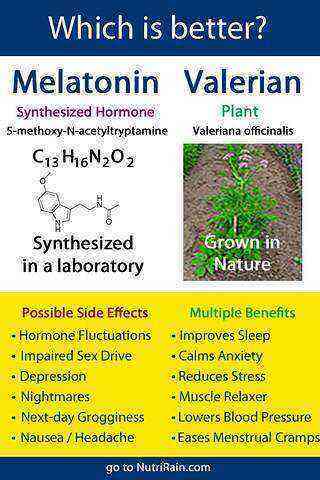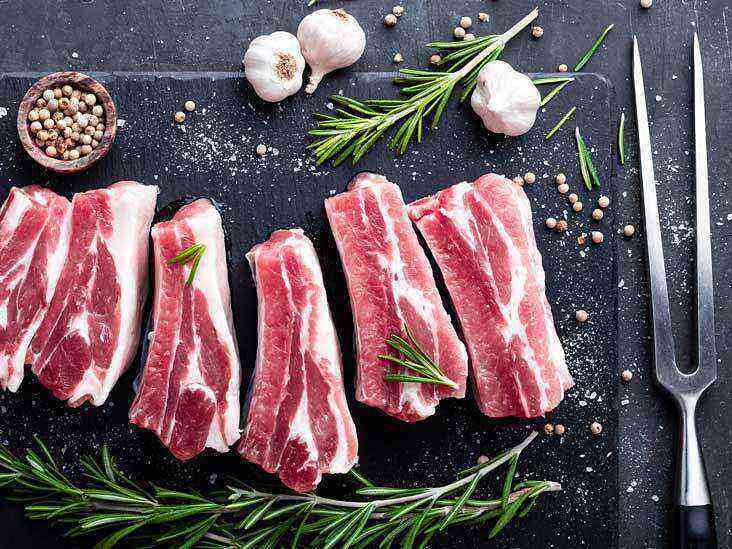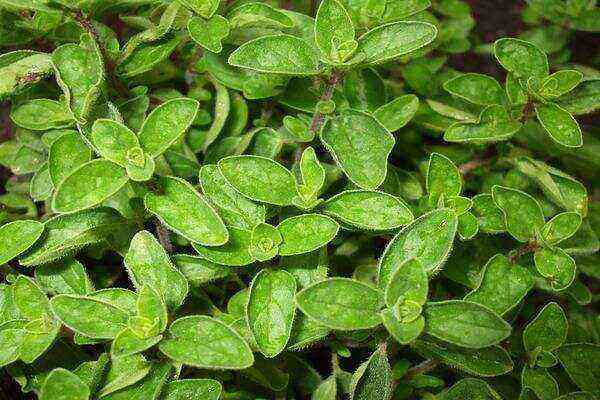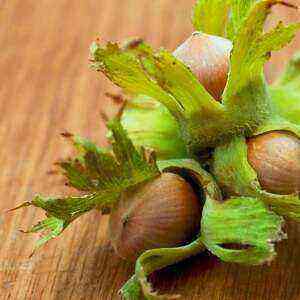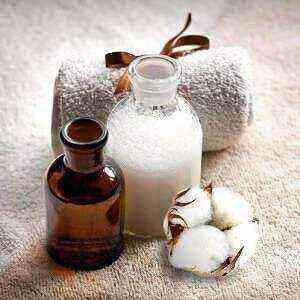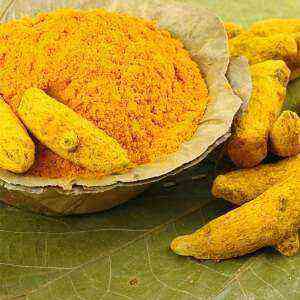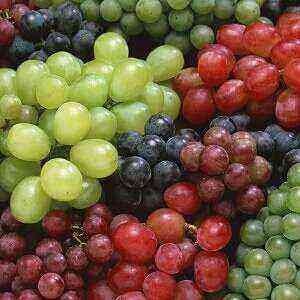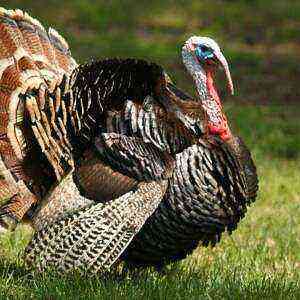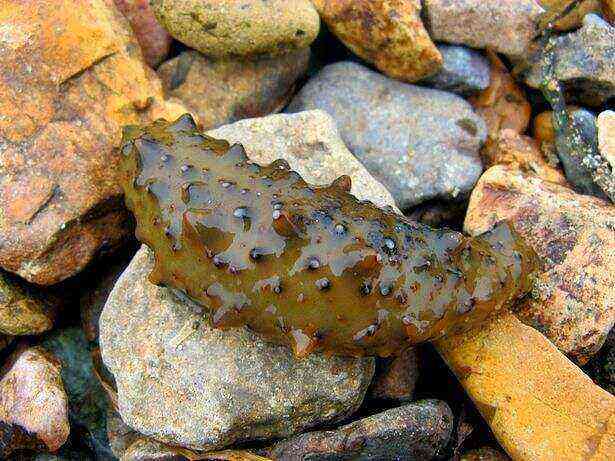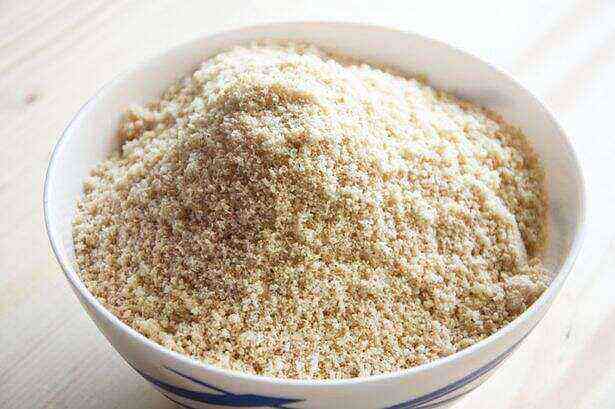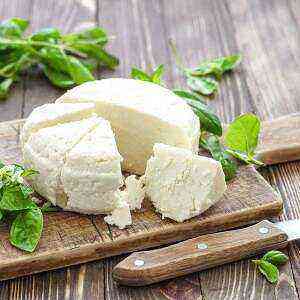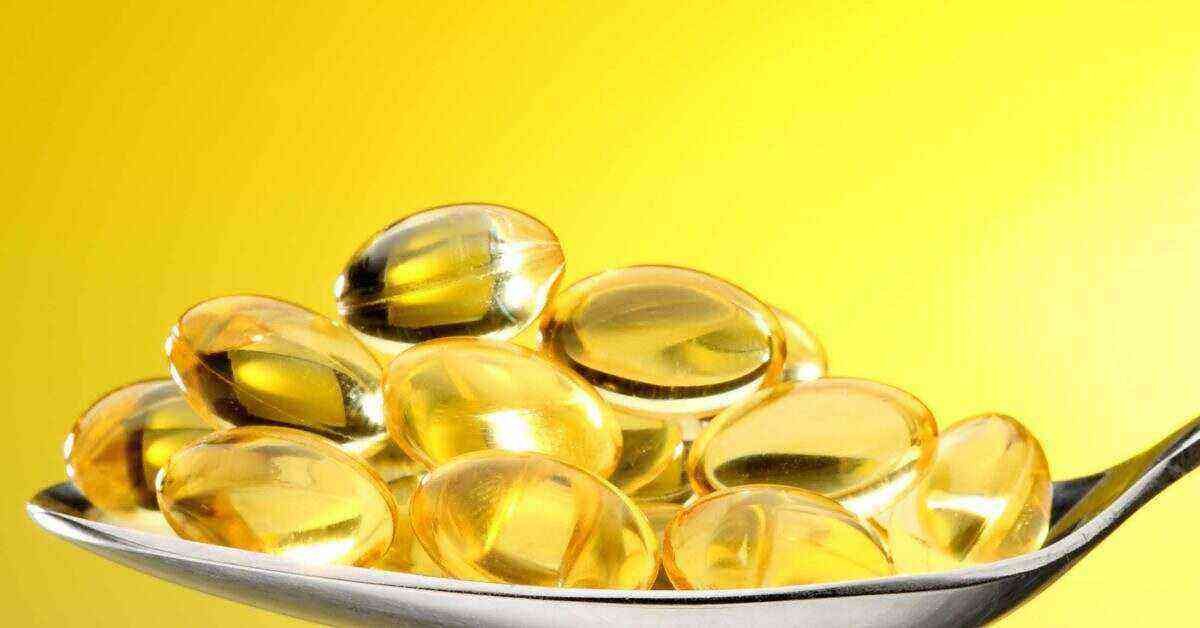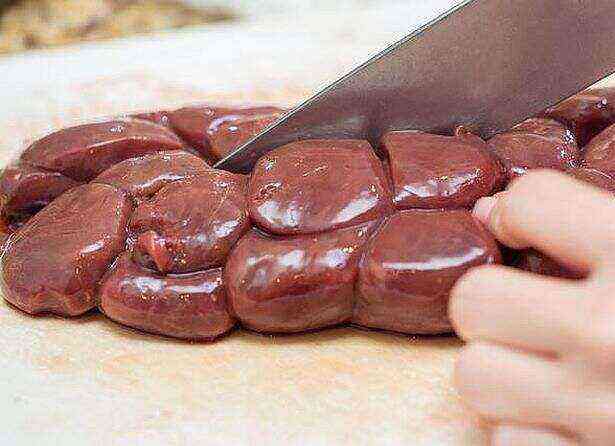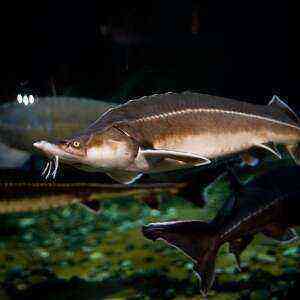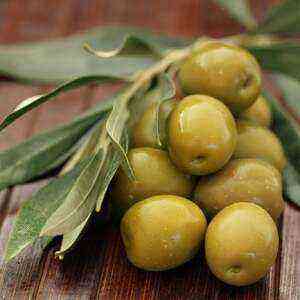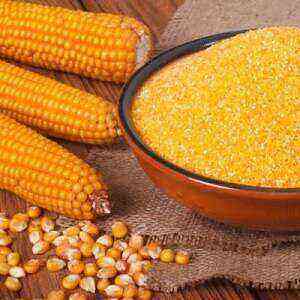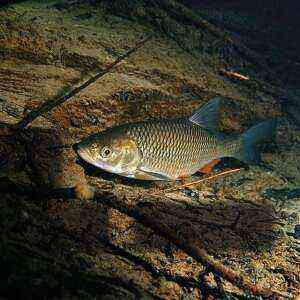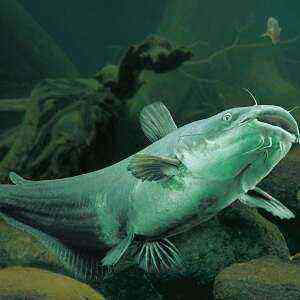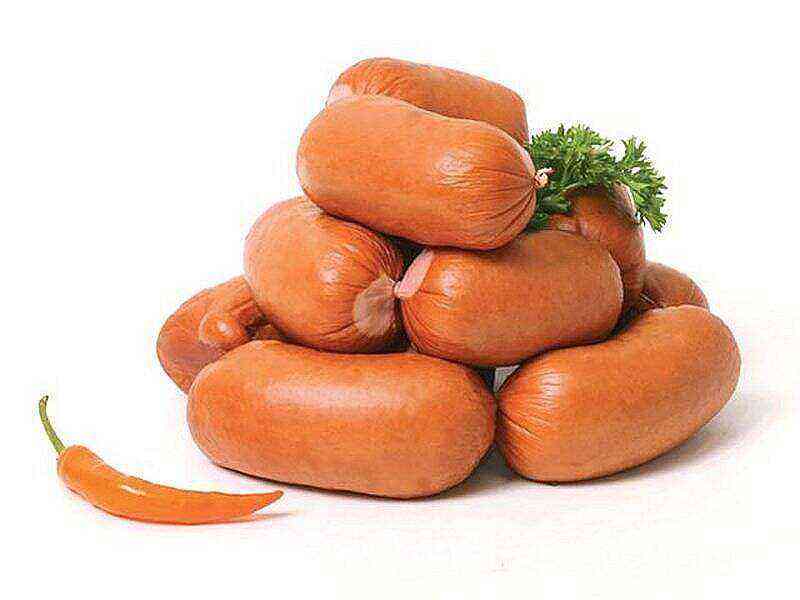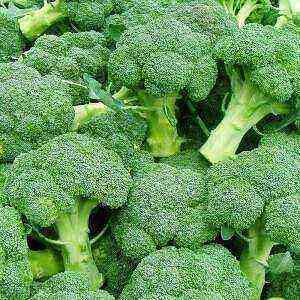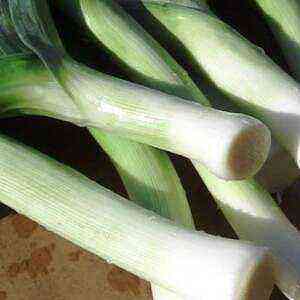
A distinctive feature of the culture is a high content of phosphorus, sulfur, magnesium, potassium, calcium, iron, thiamine, riboflavin, carotene, ascorbic and nicotinic acids. Vegetable shows a diuretic effect, is useful for gout, rheumatism, scurvy, obesity, urolithiasis and fatigue (physical and psychological).
Botanical description
The plant reaches 0,4-0,9 m tall. In the first year of life, a culture forms a powerful root system. The leaves are flat, long (0,4-0,6 m), greenish-blue, fan-shaped. The flowers are small, form an umbrella, whitish or pink. The bulb is elongated, with a diameter of 0,02-0,08 m and a length of 0,1-0,12 m. The white basal part of the plant is eaten. Propagated by seeds that remain viable for up to 2-4 years.
Currently 3 varieties are cultivated: leek winter, autumn and summer. The collection season is in April-May and September-December.
Pearl onions – cold-resistant culture, prefers abundant watering (without waterlogging), high-humus floodplain or loamy soil.
Types

Types of leek for maturity:
- Summer. It includes early ripe varieties. This is the most productive species. Summer leek ripening occurs within 90-140 days. The diameter of the leg is 4 cm, and the weight of one copy is equal to 0,3 kg. Leaves thin, light green color. Crop begin to harvest when the clarified part of the stem reaches 0,4 m in length. Early products are used for processing or summer consumption.
To early ripening varieties include leeches Columbus, Vesta, Elephant’s Trunk, White Fang, Goliath.
- Autumn. Ripening period – 150-160 days. The leg is thin, reaches 2 cm in diameter, the weight of the plant is 0,2 kg. Mid-ripening species have large, darker leaves than early-ripening ones.
The most popular autumn varieties: leek Casimir, Winner, Elephant, Good fellow, Kilim, Tango.
- Winter. Ripens more than 6 months. The leaves are dark with a characteristic bluish wax bloom. Leg thinner than the autumn and summer varieties, does not exceed 2 cm in diameter. They are characterized by high cold resistance and thickened bleached part.
For winter varieties include: Alligator leek, Karantansky, Bandit, Autumn giant, Mercury.
Early maturing varieties grow quickly, have a high aboveground part (up to 1,5 m), and are not winter-hardy. The harvest period is from August to early September. Mid-season varieties have powerful leaves that are densely located on the false stem. Adult plants are able to withstand a decrease in ambient temperature to minus 15 degrees. Ripen in early October. Late-ripening varieties are characterized by a short stem (0,14 m), slow development, a very dense arrangement of leaves on the stem. Cold-resistant. In the southern regions, the harvest takes place from November to April.
Due to the long growing season, winter varieties are not grown in northern latitudes. Summer and autumn species are cultivated in the middle lane.
Chemical composition
Leek is a dietary food product that is characterized by a high content of ascorbic acid and potassium salts. 100 grams of the product contains 36 calories.
Table No. 1 “Leek Nutritional Value”
Components
Content in 100 grams of product, grams
Water 88,0 Carbohydrates 6,3 Mono- and disaccharides 6,0 Dietary fiber 2,2 Proteins 2,0 Ash 1,2 Starch and dextrins 0,3 Fats 0,2 Organic acids 0,1
Table № 2 “The chemical composition of leeks”
Name
Nutrient content in 100 grams of product, milligrams
Vitamins
Ascorbic acid (C) 35,0 Beta-carotene (A) 2,0 Tocopherol (E) 0,8 Niacin (B3) 0,5 Pyridoxine (B6) 0,3 Pantothenic acid (B5) 0,12 Thiamine (B1) 0,1 Riboflavin (B2) 0,04 Folic acid (B9) 0,032 Biotin (H) 0,0014
Macronutrients
Калий
225,0
Кальций
87,0
Фосфор
58,0
Натрий
50,0
Кремний
35,0
Магний
10,0
Trace Elements
Железо
1,0
Цинк
0,57
Марганец
0,48
Медь
0,15
Бор
0,0244
Ванадий
0,0068
Кобальт
0,0034
Хром
0,000002
The mono- and disaccharides that make up leeks are mainly represented by glucose (4%), fiber (8,8%), pectins (10%). In addition, the culture contains phytosterols, most of which are beta-sitosterol (10,5%), purine bases, linolenic, linoleic, oleic unsaturated fatty acids and phytoncides. The latter, in turn, block the propagation of pathogenic fungi and bacteria.
On guard of health
Effect on the digestive system

Impact on the immune system
Onions help fight hypovitaminosis, the symptoms of which are especially acute in winter and spring. The greatest amount of nutrients is concentrated in the film that covers the vegetable. Leek stops the foci of inflammation in the body (when eaten) and heals scratches, wounds on the skin (when applied externally). It strengthens the immune, nervous and skeletal systems. Fights acute respiratory diseases, colds, coughs, rhinitis. Effective for muscle fatigue, general depression and depression. Restores the body after exhausting sports.
At present, the anticarcinogenic activity of leeks has been proven.
Effect on the cardiovascular system (CCC)
The vegetable contains iron, which helps the synthesis of hemoglobin, prevents the development of iron deficiency anemia, varicose veins. Leek has a cleansing effect on the blood, lowers cholesterol levels, and resists atherosclerosis.
Effect on the eyes
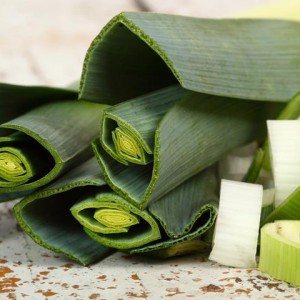
Cosmetic properties
Leek has the following cosmetic properties:
- accelerates hair growth (when rubbed into the scalp);
- eliminates undesirable pigmentation on the face, soothes irritated skin after sunburn, prevents the formation of blisters, relieves redness, strengthens nails (masks based on onion stalks pounded into a homogeneous mass);
- treats corns (attach baked onions to the problem area).
Regular use of raw leek helps to prevent cystitis. Especially useful product for men, because it serves as a powerful aphrodisiac. Vegetable contains an important sex hormone – androsterone, which increases energy, the potential of a strong half of humanity.
The juice of leeks has antiseptic and bactericidal action. Increases the effectiveness of drug treatment of inflammatory diseases (bladder, arthritis and gout).
Противопоказания
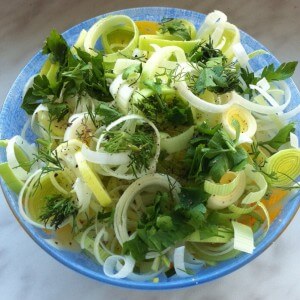
- high blood pressure;
- recurrent urticaria;
- allergies to nickel, essential oils;
- stomach ulcer, gastritis, colitis;
- increased acidity.
Use with caution during lactation: in small quantities and always after heat treatment. Track the baby’s reaction. The essential oils that make up the onion saturate the mother’s milk with an unpleasant odor and give it a bitter taste. It is for this reason that newborns often give up breast milk. In addition, overeating onions can cause nausea, heartburn in the mother and bloating, colic in the baby. If, after breastfeeding, the infant’s behavior changes, and nervousness appears, the consumption of leek should be discontinued.
Interestingly, if a woman consumed onions during pregnancy, the child’s body is considered accustomed to the product and there should be no problems with introducing a vegetable into the baby’s diet.
How to choose and store?
Leek should be bought only with strong green leaves, white and dense onions with no signs of wilting. The younger a vegetable is, the more tender and fragrant its taste will be. The length of the white part should not exceed 7 cm.
Before use, the leek should be thoroughly rinsed, since in the lower part of the plant a lot of small stones and earth accumulate. If you wish, you can soak it in cold water for 30 minutes. Thus, nitrates will come out of the product (if organic mixtures or mineral fertilizers were used to stimulate the growth of the plant). To preserve the beneficial properties of the leek is stored in a package of plastic film in the refrigerator. If the onions do not pack other products will absorb the sharp smell of the vegetable. In one package is placed from 5 to 7 pieces. Before storage, the vegetable is not cut and not washed. Otherwise, it will quickly deteriorate.
Pearl onions have a unique feature: during storage, it accumulates ascorbic acid, so that its content increases 1,5-2 times.
Cooking application
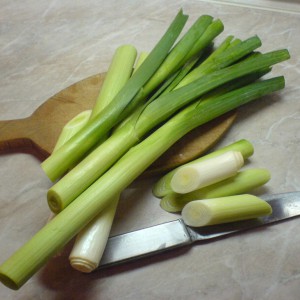
If the onion is served as a side dish, it should never be digested, since in this form the vegetable is completely digested and turns into an unappetizing mass. Enough to be soft. Vegetable goes well with sour cream, cream, cheese, fish and all kinds of meat. From onions, they prepare a filling for flour products (vegetable and mushroom). Of spices and spices, it harmonizes with basil, lemon, mustard, parsley, sage, thyme, chervil. Leek can be used wherever the recipe provides for the use of onions. In this case, the dish turns out more refined and delicate in taste.
How to use?
The herb is eaten raw or heat-treated.
Boiled leek
Cut the white part of the vegetable into rings, boil it in salted water for 5 minutes. Do not digest the stems, otherwise they will become mucous. Then transfer the leek to a dry skillet, dry the 1-2 for a minute on low heat.
Steamed

Grilled
Steam or boil young leeks, then oil the stems of the plants, fry them on the grill until brown strips appear. As a rule, this requires no more than 1-2 minutes on each side.
Fried leek
Chop the stems into rings, put them on a hot frying pan, fry in oil (cream or vegetable) for about 8 minutes over medium heat, sometimes turning them over. Salt it. Onions should be soft and get a golden crust.
Braised Leek
Put chopped or whole stems of the plant in a hot pan, add a little broth, a piece of butter. Simmer covered over low heat for 20 minutes until softened.
Baked Leek
Cut the stems of the plant into large pieces, place in a baking dish, add olive oil, salt. Preheat oven to 190 degrees. Place the mold in the oven, bake for 30 minutes, turn it over a couple of times. So the leek will become soft and redden equally from all sides.
Traditional recipes
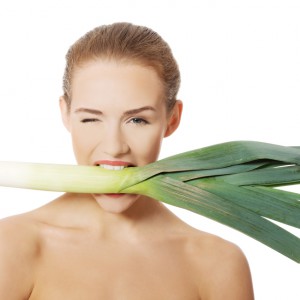
- For relieving joint pain, treating wounds, boils. In addition, this recipe relieves swelling after insect bites (gadflies, mosquitoes, bees). Method of preparation: grind the white and green parts of the plant in a blender to a state of homogeneous gruel. Apply the resulting mass to the damaged area or diseased area, cover it with gauze, film, and fix with a bandage. Compress hold 5-8 hours.
- From sore throats. Squeeze juice from leek. Gargle them up to 5 once a day for 3 days. The phytoncides which are a part of a vegetable have local antibacterial action, kill painful flora.
- From pneumonia. Finely chop the onion, place in a container, inhale vapors deeply from the jar. Crushed leek quickly loses its beneficial properties, therefore, it cannot be stored in this form. For each inhalation, use a new portion of onions.
- With a cold. Squeeze juice from a leek, bury 3 drops into each nostril 3 times a day.
- To restore potency. Grind celery and leek in equal amounts into a homogeneous mass using a blender. Gruel eat 3 once a day for 50 g for 2,5 months.
- To enhance immunity. Chop the leeks, add 30 ml of olive oil. Mix everything thoroughly. Take 3 times a day for 40 g.
- From atherosclerosis. Grind 100 g of leek, squeeze the juice. Add 150 ml of honey, mix. Take 15 g of gruel 2,5 hours after a meal three times a day.
- From a strong cough. Leek (4-5 stalks) and garlic (1 head) finely chop, boil in unpasteurized milk until the vegetables soften. Cool, add honey (to taste). Take 15 ml every hour throughout the day.
- From hypertension. Grind 20 cloves of garlic, 4 stalks of leek, 5 lemons without a peel. Add 0,8 kg of sugar (preferably cane) to the mixture. Pour in the ingredients of 2 liters of non-hot boiled water, insist in a cool dark place for 7 days. Take 15 ml 25 minutes before meals three times a day. The course of treatment is 3 weeks.
Onion diet

Remember, the maximum amount of nutrients is concentrated in the fresh product. Bulbous vegetables contain chromium, which suppresses sugar cravings and appetite, and controls blood glucose levels. In addition, leek is low in calories – 36 kcal per 100 grams of product.
During the period of weight loss in the diet should dominate the bulbous. They can be eaten raw or boiled. To diet was effective limit the intake of fat, carbohydrates. It is not recommended to fry vegetable.
You can get lighter on the 2-4 kg per week onion menu.
Diet
Day number 1
- breakfast – tomato – 0,5 pcs, cottage cheese 5% – 10 g, black bread – 1 slice, leeks – 1 pc, unsweetened herbal tea – 1 cup;
- second breakfast – apple and carrot puree – 100 g;
- lunch – onion puree soup – 250 ml;
- afternoon tea – a mix of tofu, pineapple and garlic – 150 g;
- dinner – salad of boiled chicken, corn, eggs, leeks – 100 g.
Day number 2
breakfast – cucumber – 1 pc, cottage cheese with leek – 100 g, black bread – 1 slice;
- second breakfast – onion pie – 100 g;
- lunch – boiled chicken fillet in garlic sauce – 150 g;
- afternoon tea – a mix of olives, onions and tomatoes – 100 g;
- dinner – apple and onion soup with mustard – 200 ml.
Day number 3
- breakfast – steamed scrambled eggs with tomatoes and onions – 150 g;
- the second breakfast – grapefruit juice – 150 ml;
- lunch – stewed vegetables with onions – 250 g;
- Afternoon snack – green spinach, leek and celery smoothie – 200 ml;
- dinner – cottage cheese with spinach and garlic – 150 g.
Day number 4
- breakfast – rye bread – 1 slice, onion jam – 15 g, fruit tea – 1 cup;
- second breakfast – pear – 1 pc;
- lunch – salad of squid, cucumber, leek, apple and egg, seasoned with lemon juice – 150 g;
- afternoon snack – onion pie with arugula and spinach – 100 g;
- dinner – vegetarian soup – 150 ml.
Day number 5
breakfast – low-fat granular cottage cheese – 10 g, black bread – 2 slices, leek – 1 pc, tomato – 0,5 pc, tea with lemon;
- second breakfast – onion casserole – 100 g;
- lunch – boiled turkey meat under caramelized leek – 150 g;
- afternoon tea – orange jelly – 100 g;
- dinner – salad of bell peppers, spinach, cucumbers, tomatoes and leeks – 100 g.
Day number 6
- breakfast – oatmeal – 100 g, omelet with onions – 50 g.
- second breakfast – garlic salad – 100 g;
- lunch – pizza with low-calorie cheese and onions – 150 g;
- afternoon snack – salad with prunes, bell peppers and leeks – 100 g;
- dinner – soup with zucchini, leek – 100 g, cucumber – 1 pc.
Day number 7
- breakfast – tomato – 1 pc, durum wheat pasta with onions – 150 g;
- second breakfast – freshly squeezed apple juice – 150 ml;
- lunch – onion puree soup with croutons – 200 ml;
- afternoon snack – loaves of leek – 2 pcs;
- dinner – tomato juice with basil, garlic – 1 glass.
Onion diet is contraindicated for people with diseases of the digestive tract and a tendency to flatulence, as well as pregnant, lactating women. Leek enhances intestinal motility, stimulates metabolism, gives satiety, nourishes the body with nutrients.
How to grow?
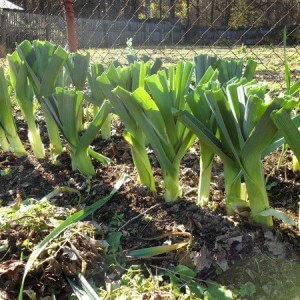
Leek can be grown seedlessly. In this case, the seeds are sown directly in the ground in mid-May.
For seedlings observe the sowing of seeds:
- in seedling boxes – mid-February;
- glazed greenhouse – mid-April;
- under the film on the garden bed – end of April.
Seeds are sown in a moistened soil in rows (through 0,05 m) in a well-lit place. The duration of daylight hours for culture is 11 hours. The depth of the groove should not exceed 0,015 m. After sowing the seeds, the box is covered with a film, placed in a warm place with a temperature of 22-25 degrees. After the first shoots appear, the temperature in the room is lowered to 12-17 degrees. The film is removed. Shoots withstand 7 days. Then the temperature is raised again to 14 degrees at night and 20 degrees during the day, observing it during the further period of seed cultivation.
Conclusion
Leek – a source of health and vitamins. In addition to the numerous medicinal properties of the vegetable has a delicate aroma, savory taste, so it is widely used in cooking to improve the gastronomic characteristics of dishes. Leek exhibits antibacterial, anti-inflammatory and diuretic properties. Essential oils of onion reduce symptoms associated with the flu and the common cold.
With regular use, the vegetable prevents respiratory diseases, increases the level of hemoglobin, protects against anemia. This is a great aphrodisiac that enhances sexual activity.
Other useful properties: normalizes digestion, stabilizes pressure, promotes weight loss, strengthens the skeleton, lowers cholesterol, improves eyesight, heals the nervous system. Leek is good for the heart, because it contains active forms of folic acid, which are involved in reducing the concentration of homocysteine, which causes CVS disease.
In the absence of contraindications, the product is recommended to be included in the daily diet on an ongoing basis. Daily rate – stalk 1-2.
Sources of
- Takaeva Sh. K., Karomatov I.J. – Medicinal plant onion-pore – 2017
- Maznev N.I. – Encyclopedia of Medicinal Plants. – 3rd ed. – M .: Martin, 2004
- The fruits of the earth (Früchte der Erde) / Transl. with him. and foreword. A. N. Sladkova. – M .: Mir. – 270 p.
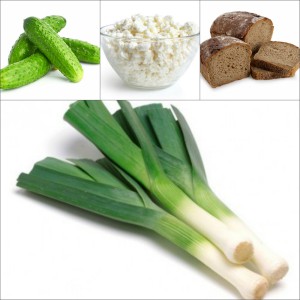 breakfast – cucumber – 1 pc, cottage cheese with leek – 100 g, black bread – 1 slice;
breakfast – cucumber – 1 pc, cottage cheese with leek – 100 g, black bread – 1 slice;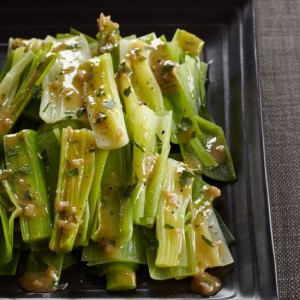 breakfast – low-fat granular cottage cheese – 10 g, black bread – 2 slices, leek – 1 pc, tomato – 0,5 pc, tea with lemon;
breakfast – low-fat granular cottage cheese – 10 g, black bread – 2 slices, leek – 1 pc, tomato – 0,5 pc, tea with lemon;